Born on the Rama Reserve, near Orillia, ON, into an Ojibwa family of thirteen children. His father was a carpenter and Arthur started drawing as a small child and later he carved wooden totem poles. As a child he suffered four attacks of rheumatic fever which inflamed the heart valves and left them damaged. At the age of eight he was placed in the Mohawk Institute in Brantford for a year with his brother because the number of children in his family was too much to bear for his parents. It was at the Institute that he became more conscious of his artistic ability. After his return to the Rama Reserve and in his late teens, he moved to Toronto. He received a scholarship from the Indian Affairs Department to study at the OCA, which he attended for a time until he turned to a self- teaching program.
He was inspired by the successful career of Norval Morriseau, but chose a different path from Morriseau by moving away from images of indigenous legends to the people theselves. He made his first oil painting in 1960 of a small house in a field. He developed his own expressionist style with bold strokes of colour reflecting the struggles, triumphs, and integrity of his people and especially his own family. He received a boost from Esther and Jay Fine, owners of an Orillia gift shop. They approached him at his home on the Reservation to ask him to display some of his paintings in their shop. They in turn would supply him with food and clothing while he worked on his painting. Art critic Pearl McCarthy was so impressed with his work that she obtained a scholarship for him through her newspaper and he was sent to study under Bert Henderson, head of the Southampton School of Fine Art, ON. From there he went to study with Gerald Scott of the Artist’ Workshop.
By 1964 he was the subject of Pearl McCarthy’s article in the Globe & Mail wen she noted, “A few of his paintings were on view in Toronto this week at The Artisans, whose owner, Mildred Ryerson, was one of the first to recognize and reward his talent. Several portrait drawings will still be on view next week A year spent in Toronto with the assistance of private bursaries was his first concentration on portraits in oils but long before that his facility with pencil was plain.” She explained that, after a successful exhibition, he took a simple studio in Orillia and quickly set to work at his easel. When times were lean for him and he still had some money left for materials, he kept working. Sometimes he used window blinds, cigarette boxes, odd pieces of wood, and the walls of his government shack. His friend, Dale Anthony, became his agent in 1967.
By 1978 his teaching and his painting provided him with his main source of income. During this year Kathleen Walker of The Ottawa Citizen noted, that in the l l years since Arthur Shilling had last exhibited in Ottawa many things had happened in his life: solo and group exhibitions, awards, an invitation by Prime Minister Pierre Trudeau (along with six other important Canadian artists) to have dinner with Her Majesty Queen Elizabeth, at another time a presentation to Governor General Edward Schreyer at Rideau Hall, a heart bypass operation, and three films by the NFB the most recent of which, The Beauty of my People: the Life and Work of Arthur Shilling, was shown at the Wells Gallery. By then, Shilling’s agents were Lillian and Vivienne Marcus of Lillian Marcus Studios in Toronto. During the period of his days in Toronto and his successful show at the Wells Gallery in Ottawa he came to national attention. He married Amelia, affectionately called Millie, whom he had known from childhood in Rama. In Toronto he still suffered the effects of a rheumatic heart and took to drinking and finally consuming a bottle of rye whiskey every night to kill the pain and the depression from the thought he might not have long to live. Millie stayed with him all through the ordeal. With his steady drinking he was not able to supply his galleries with his work which disappeared from their walls.
Finally he decided to get out of the city and return to nature and his place of birth. In the meantime, two Toronto collectors and admirers of his art, Rudy and Gloria Bies, realized in 1975 that his paintings were no longer available in the galleries and also received word that he was ill. They wanted him to paint the portraits of their children. They contacted his wife Millie and she took them to his hospital room in Orillia. They discovered how seriously ill he was and contacted an internal specialist who rushed him to St. Michael’s Hospital in Toronto where his damaged heart valve was replaced thus saving his life. He returned home and after a period of recovery he cleared an acre of land and constructed a contemporary tepee-studio and his home which he designed himself. Millie and Arthur had two young sons, Bewabon and Travis, who became subjects for his portraits. He returned to his canvases in a new spiritualism he found in the scrubland of the Rama Indian reserve. By 1980 his paintings were in the collections of the Department of Indian Affairs, the National Museum, Canadian Embassy in Brazil and later the McMichael Collection. He had also completed a five-week painting expedition in the prairies, the Rockies, and the Gulf Islands off Vancouver Island where he painted the land and the Indian people.
In 1982 the critic for the Edmonton Journal, Phylis Matousek, noted, “Energy is perhaps the most obvious component of Shilling’s works – energy from his muscular style, and from the use of brilliant swathes of color. He holds back nothing physically or emotionally in his paintings. Although he admits he can’t explain the phenomenon other than it may be a part of the spiritual rebirth, light seems to emanate from the works.” His portraits were brilliantly painted with radiant colour and great pathos. Paul Rimstead of the Toronto Sun in the same year noted, “It is a dream, rapidly coming true, of one of Canada’s greatest and most unique artists. Arthur Shilling, a local Ojibway, has built himself a veritable fort in the wilderness. The three-storey wooden structure, built in the shape of a giant teepee, was designed by Shilling and additions keep springing up, following the natural contours and beauty of the land. ‘Arthur doesn’t like to cut down trees,’ smiles his wife, Millie. . . . ‘That’s why he left a hole in the porch roof so those two trees could grow through.’” By now he could not keep up with the demand for his paintings from the galleries who represented him, both his landscapes and portraits. He did not like the word “portrait” but preferred to call them “people pictures”. For the operation that saved his life he thanked St. Michael’s Hospital with a painting entitled Bewabon and Travis, which portrays his two young sons and a neighbour’s son sleeping. During his recuperation from his second open heart surgery to replace a leaking heart valve, he put too much pressure on himself teaching children in the Peace River district of Northern Alberta and back at Rama Reserve supervising construction on his three-story home and art gallery.
He suffered a relapse and died. He was only 44 and his death brought shock and sorrow throughout Canada and abroad. He was buried in a quiet wooded clearing just down the road from his home. With all his other work, he left behind a five-panel painting of children’s faces with their expressions of fear and concern as to what lies ahead for them in the world of today. The work was assembled in the Metro Toronto Convention Centre for the Native Business Summit of 1986. It was returned to the Shillings’ home where Millie has put it on permanent display. At a large gallery in his home known as The Shilling Studios, 200 paintings were being sorted, most of them to be kept for display. Millie opened the Studios to the public in 1993. His paintings were gathered by various galleries for exhibitions over the years including one held at the Orillia Museum of Art & History entitled Shilling: Portraits from Private Collections. His solo shows include: Blue Easel Gallery, Tor. (1966); K-W AG, Kitchener (1966); Wells Gallery, Ott. (196.7) (1979) (1981); TMAG, Owen Sound (1967); McIntosh Gallery, Lond., ON (1970); Nancy Poole’s Studio, Tor. (1976); Beckett Gallery, Hamilton (1979) (1980) (1981) (1983) (1999); Campbell’s Gallery, Tor.(1981); Gallery Indigena, Waterloo (1983); Assiniboia Gallery, Regina (1983); Whitten Gallery, King City (1984); Roberts Gallery, Tor. (1997); Orillia Museum of Art & History (2000) and others. He is represented in perm. coll. of: Dofasco, Hamilton; DuPont Canada Inc., Tor.; Seagram Distilleries Ltd., Tor.; Lomcan Canada Ltd., Tor.; Connor Clark & Co. Ltd., Tor.; Sim & McBurney, Tor.; Woodland Indian Cultural Educational Centre, Brantford; ROM, Toronto; National Museum of Man, Ottawa; United Nations, NYC and others. Films include: NFB, The Canadians (1973); NFB, The Great Canadian Indian Canvas (1974); Faces of Small Places, CKVR, Barry, ON (1977); prize winning NFB, The Beauty of My People – The Life, Work and Times of Arthur Shilling (1978). His books include Ojibway Dream, Tundra Books Inc., Mtl. (1986) and others.
Colin S. MacDonald
A Dictionary of Canadian Artists, volumes 1-8 by Colin S. MacDonald, and volume 9 (online only), by Anne Newlands and Judith Parker
National Gallery of Canada / Musée des beaux-arts du Canada
Orillia Public Library, 1963, 64, 67
Kitchener-Waterloo Art Gallery, 1966
1967 – Tom Thomson Gallery
1986 – Thunder Bay Art Gallery
1990 – Columbus Centre, Toronto
1990, ’92, ’94, ’97 – Roberts Gallery, Toronto
As well as, numerous shows at commercial galleries in Ontario and Alberta
1967 – Indian Hall of Fame, C.N.E.
1974, 1978 – Royal Ontario Museum, Canadian Indian Art
1974, ’76-’82, ’85, ’86 – Woodland Indian Cultural Centre, Brantford
Contemporary Native Art of Canada – travelling exhibition including: R.O.M., Canada House London, England, & Germany
1977 – Museum of Sao Paulo, Brazil
1977 – Trent University, Peterborough
1979 – McMichael Canadian Collection, Kleinburg
1982 – Thunder Bay Art Gallery
1983 – Contemporary Indian Art at Rideau Hall, Ottawa
1993 – Welcome Canada, Budapest
McMichael Canadian Collection
Rideau Hall, Ottawa
Dept. of Indian Affairs and Northern Development
National Museum of Man
Wilfrid Laurier University
St. Michael’s Hospital
Dofasco Inc.
Imperial Oil Limited
NOVA Corporation
DuPont Canada Inc.
Pal Insurance Company
Wheelwright Museum of the American Indian
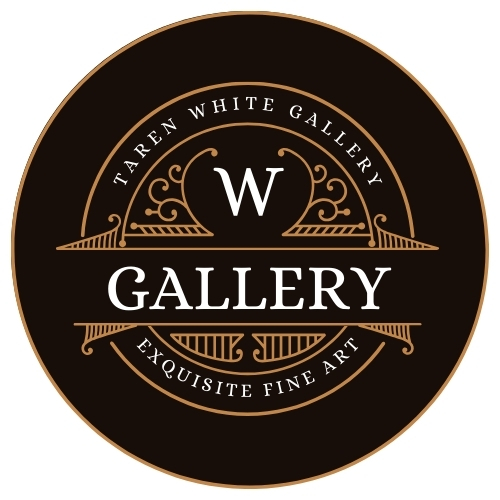
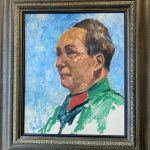
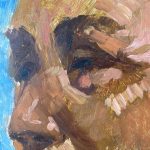
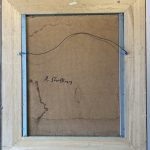
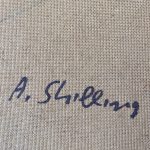
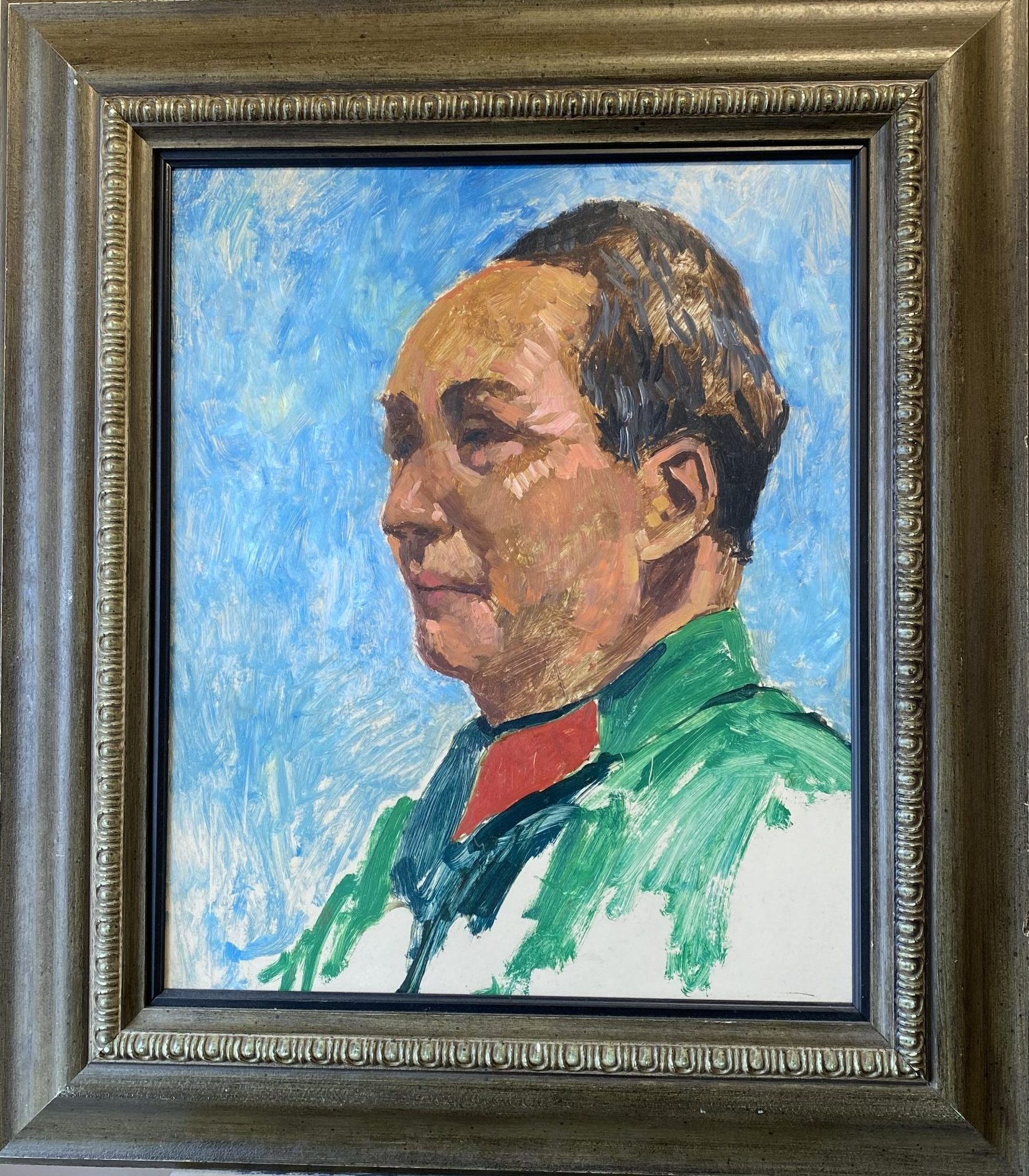
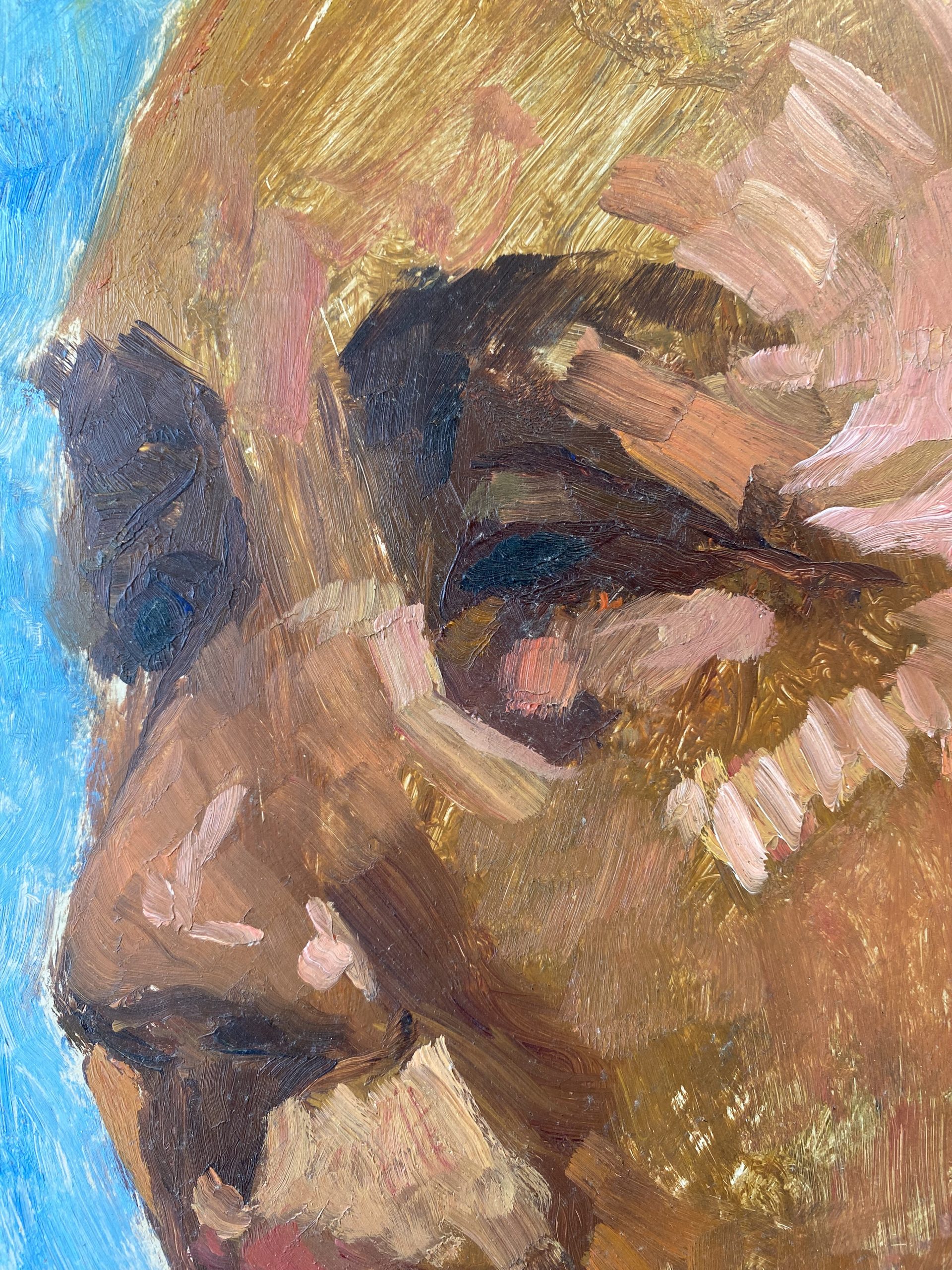


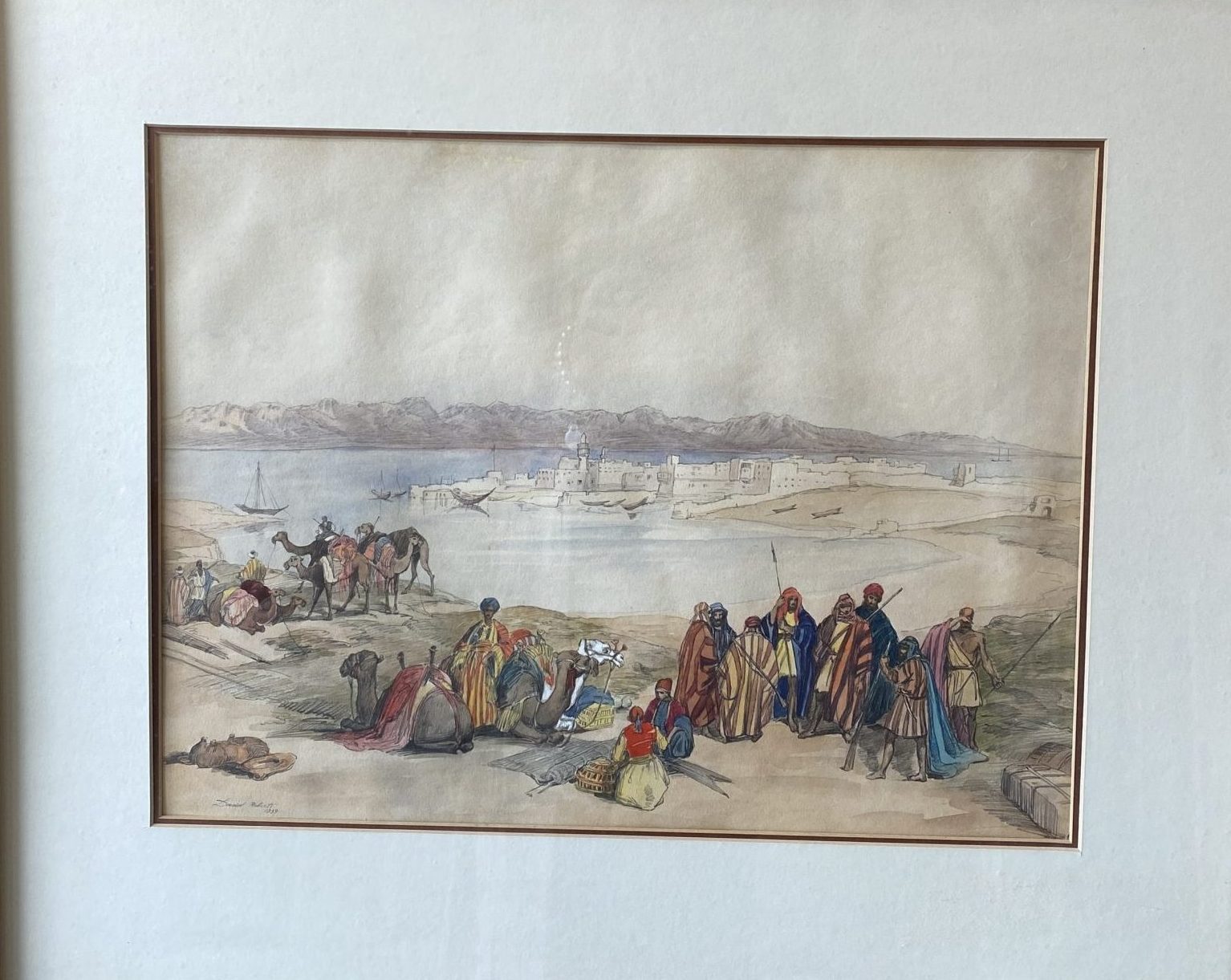
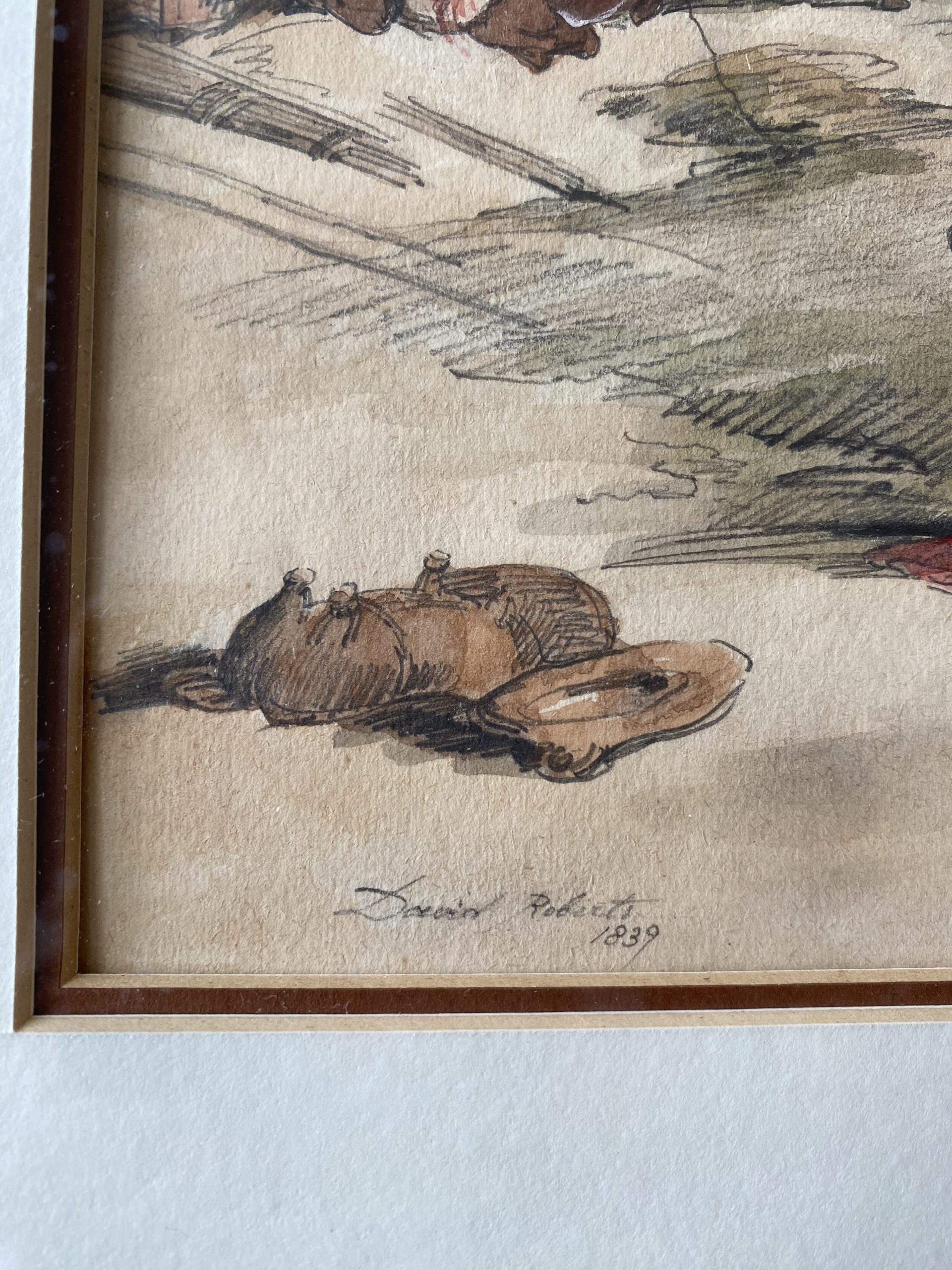
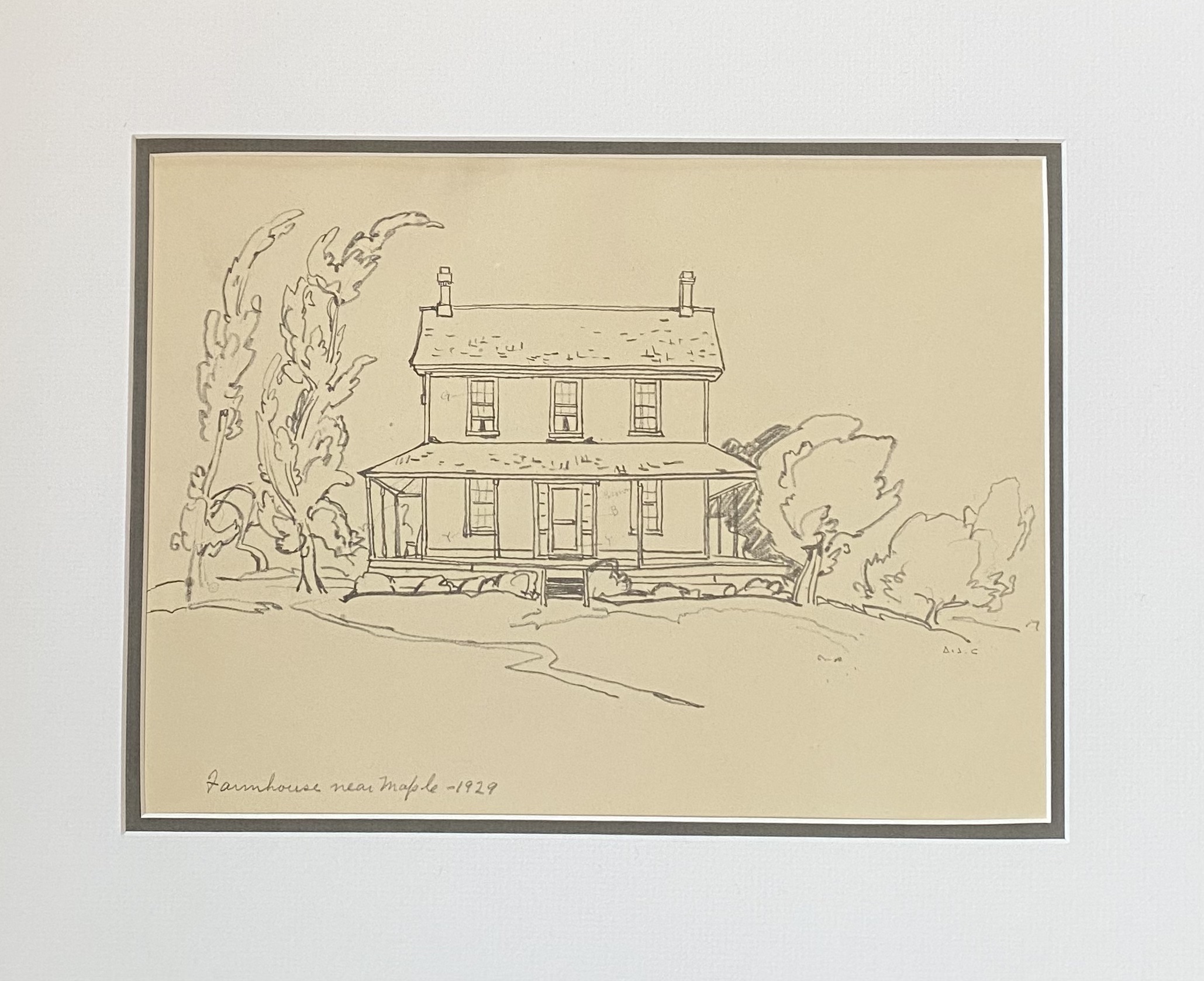
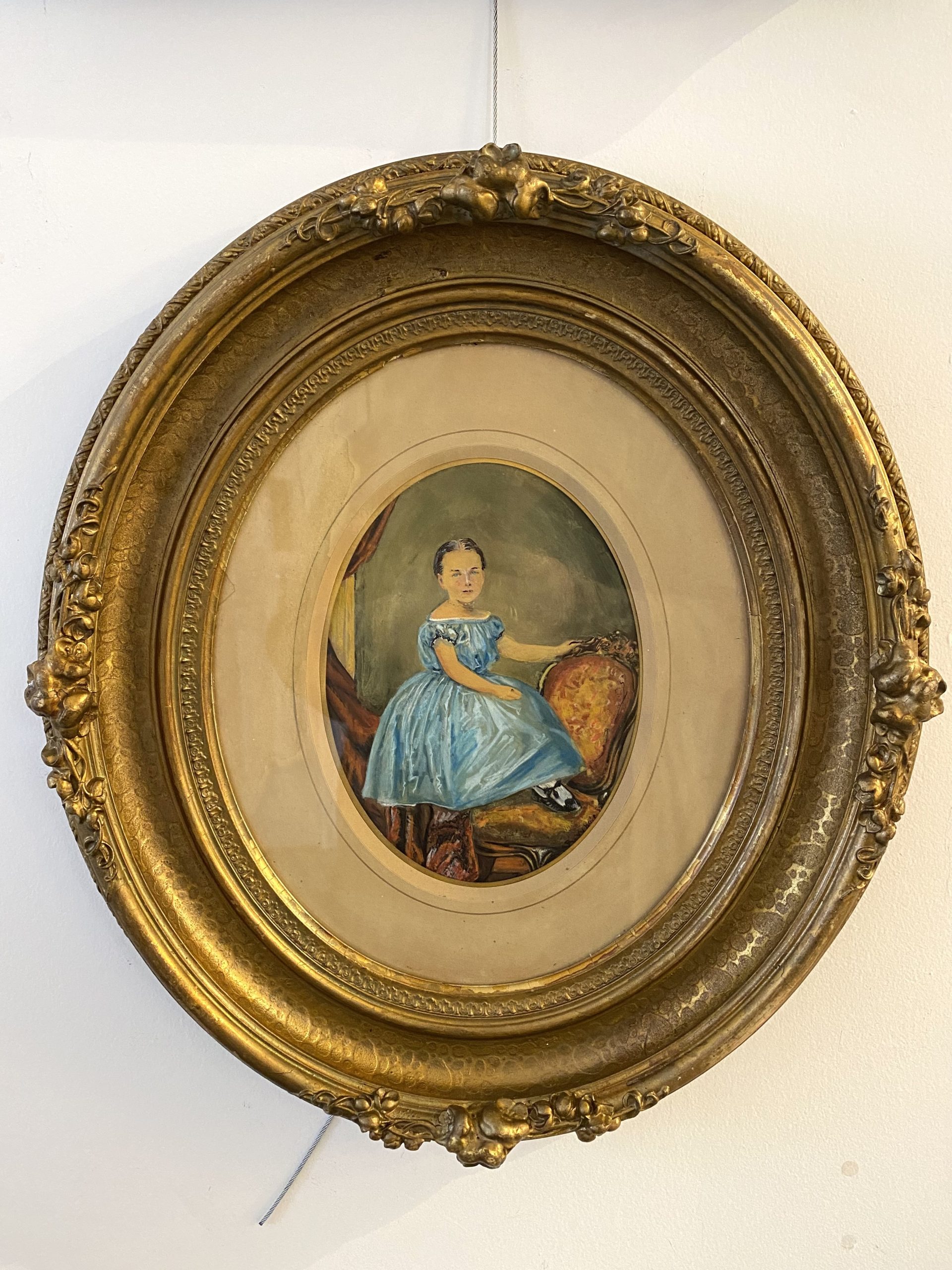
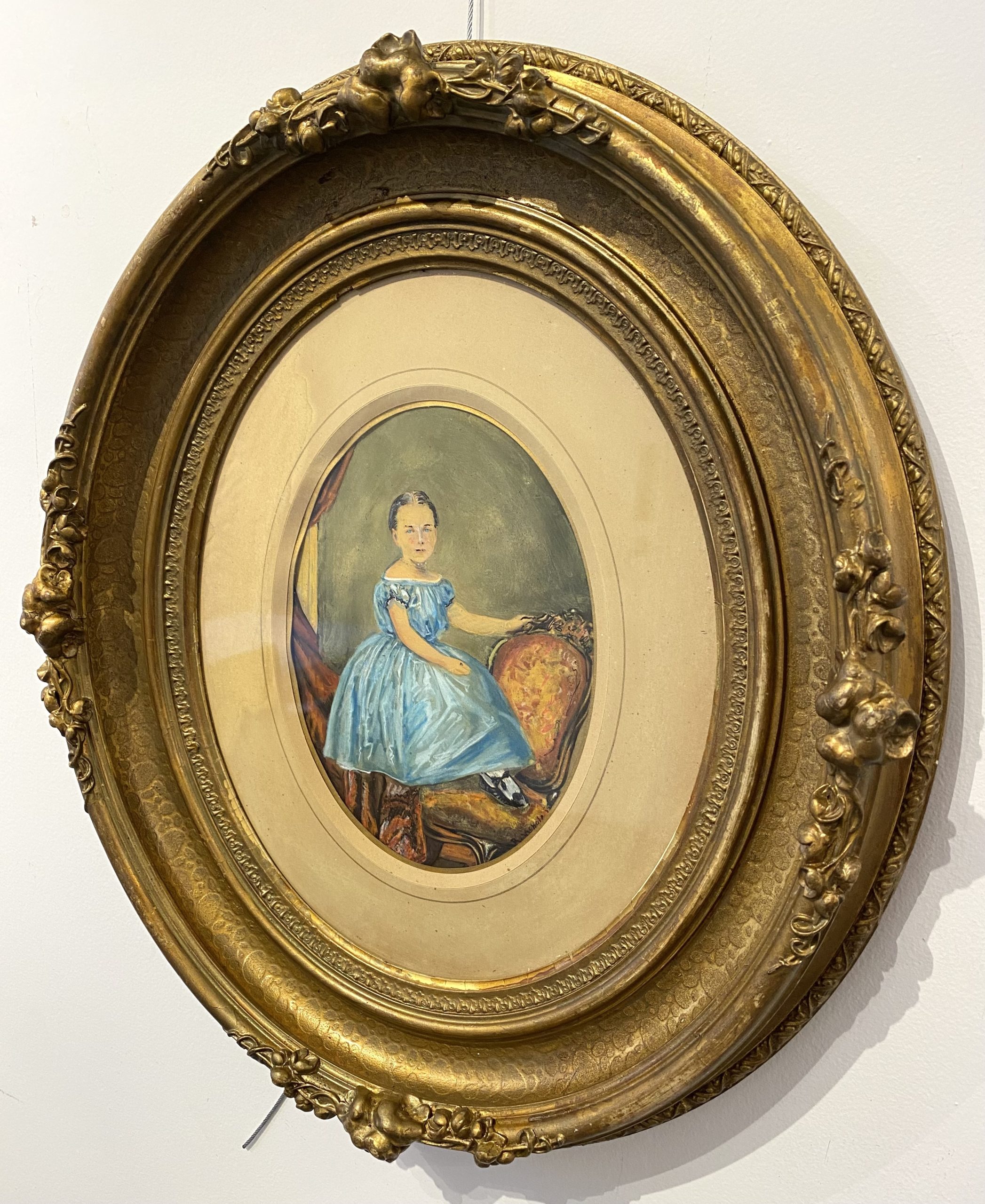
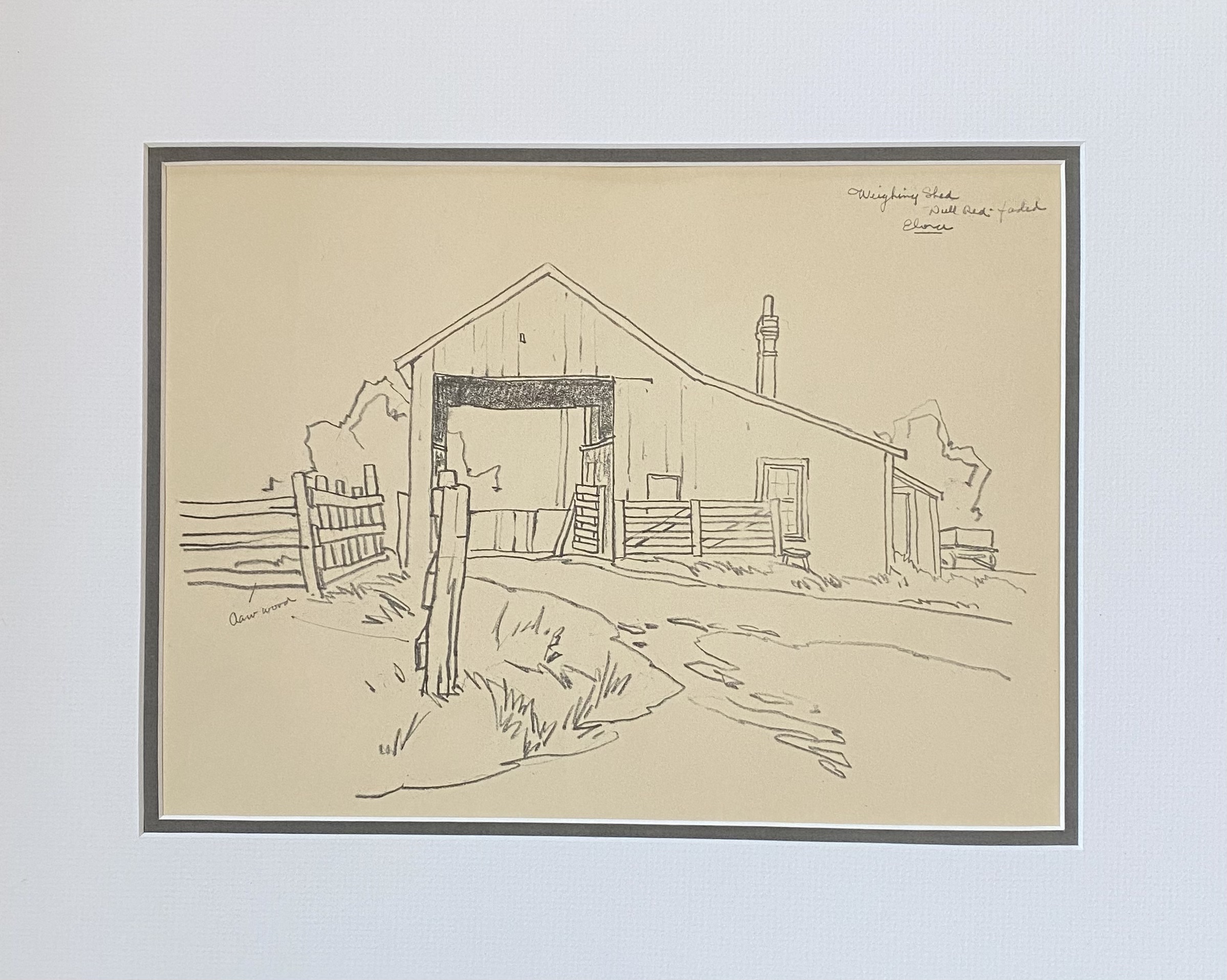
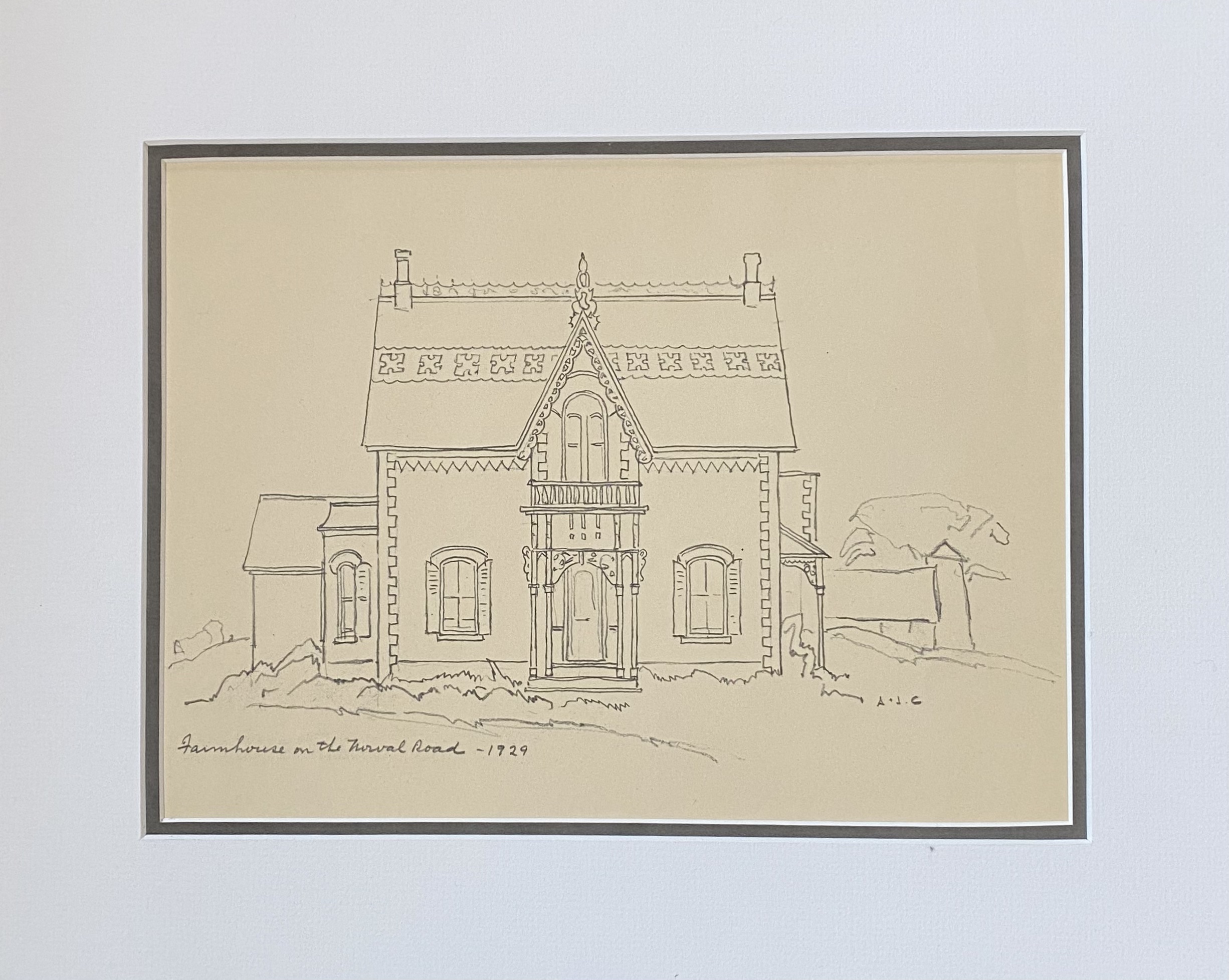
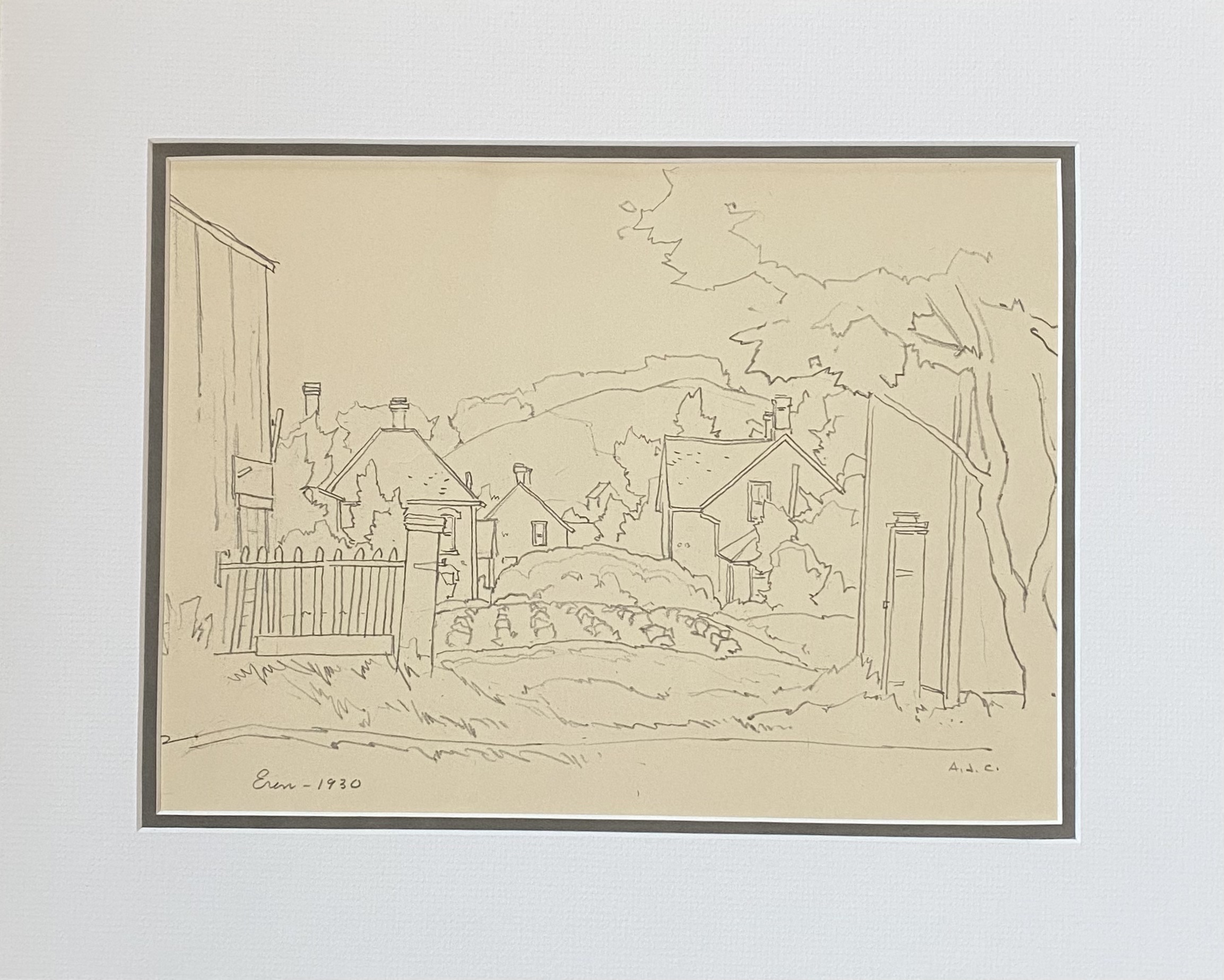
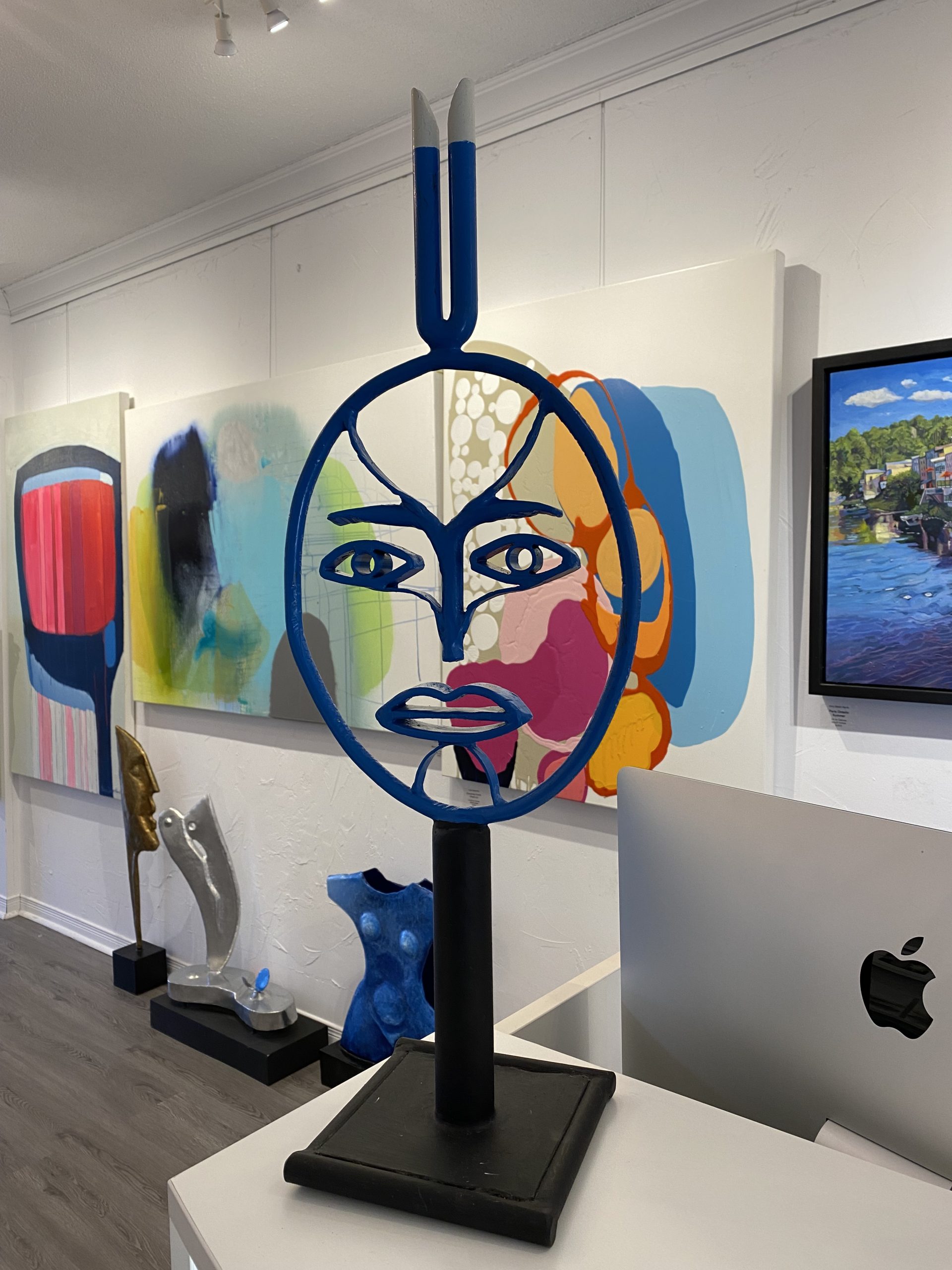
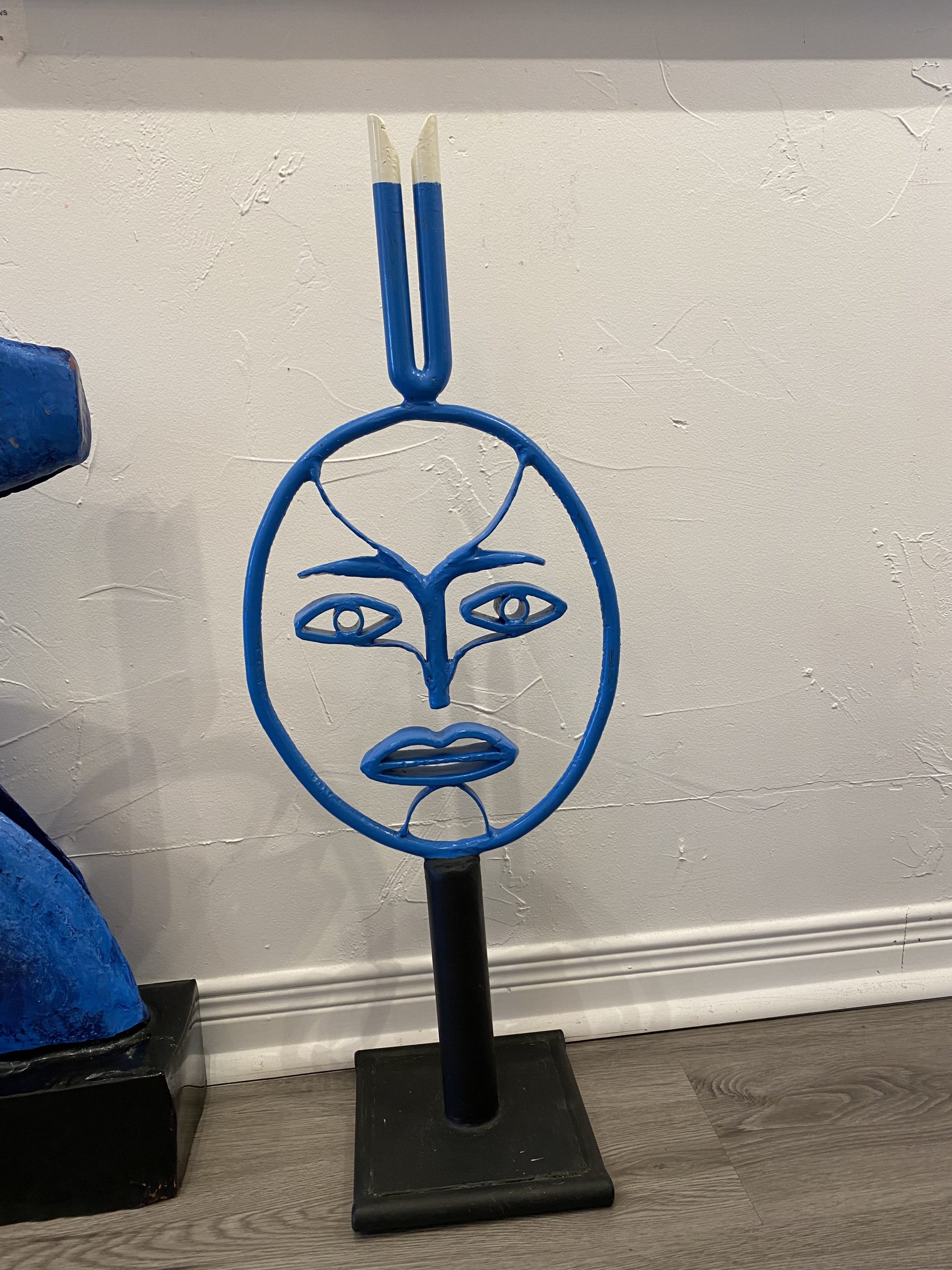
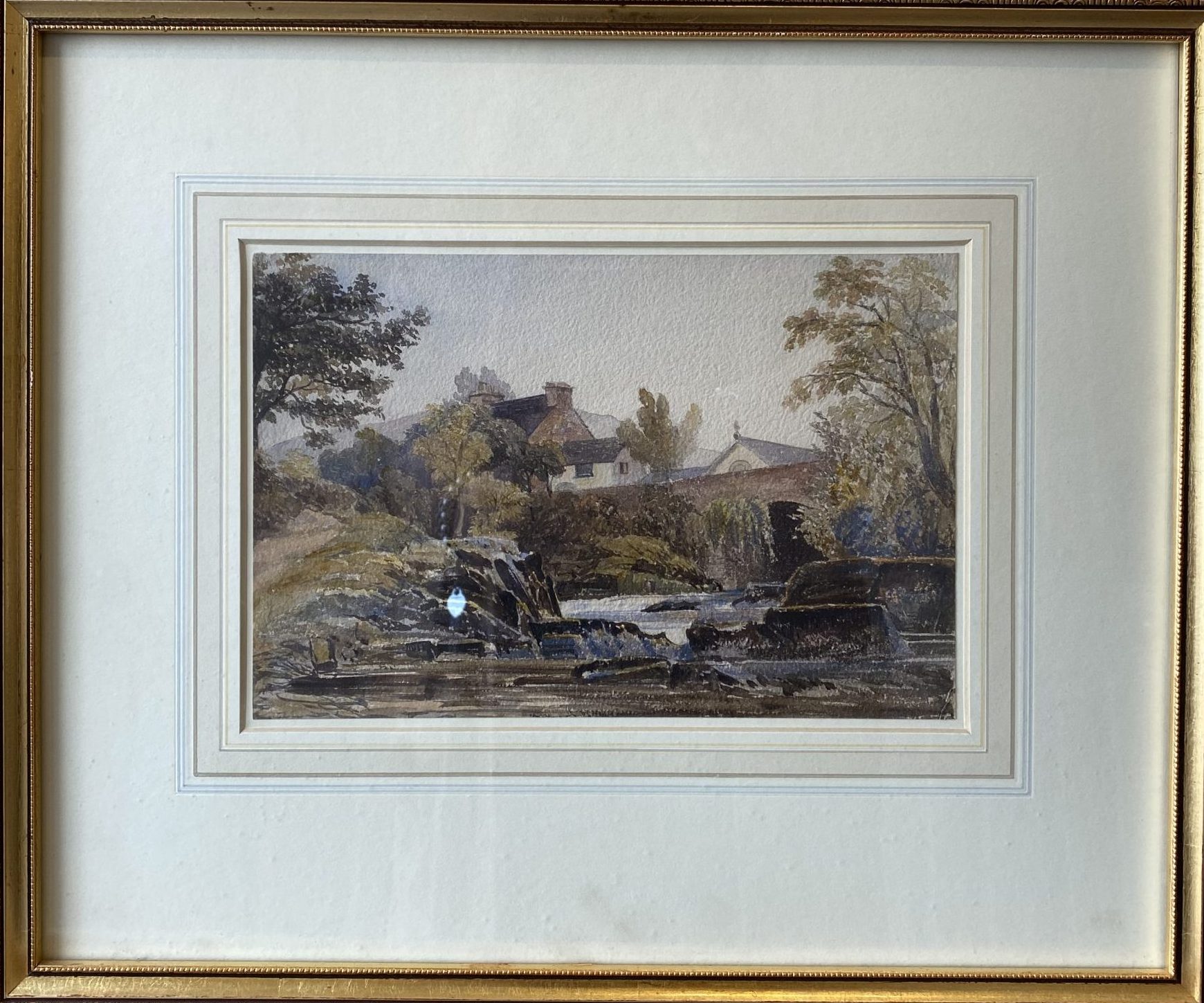
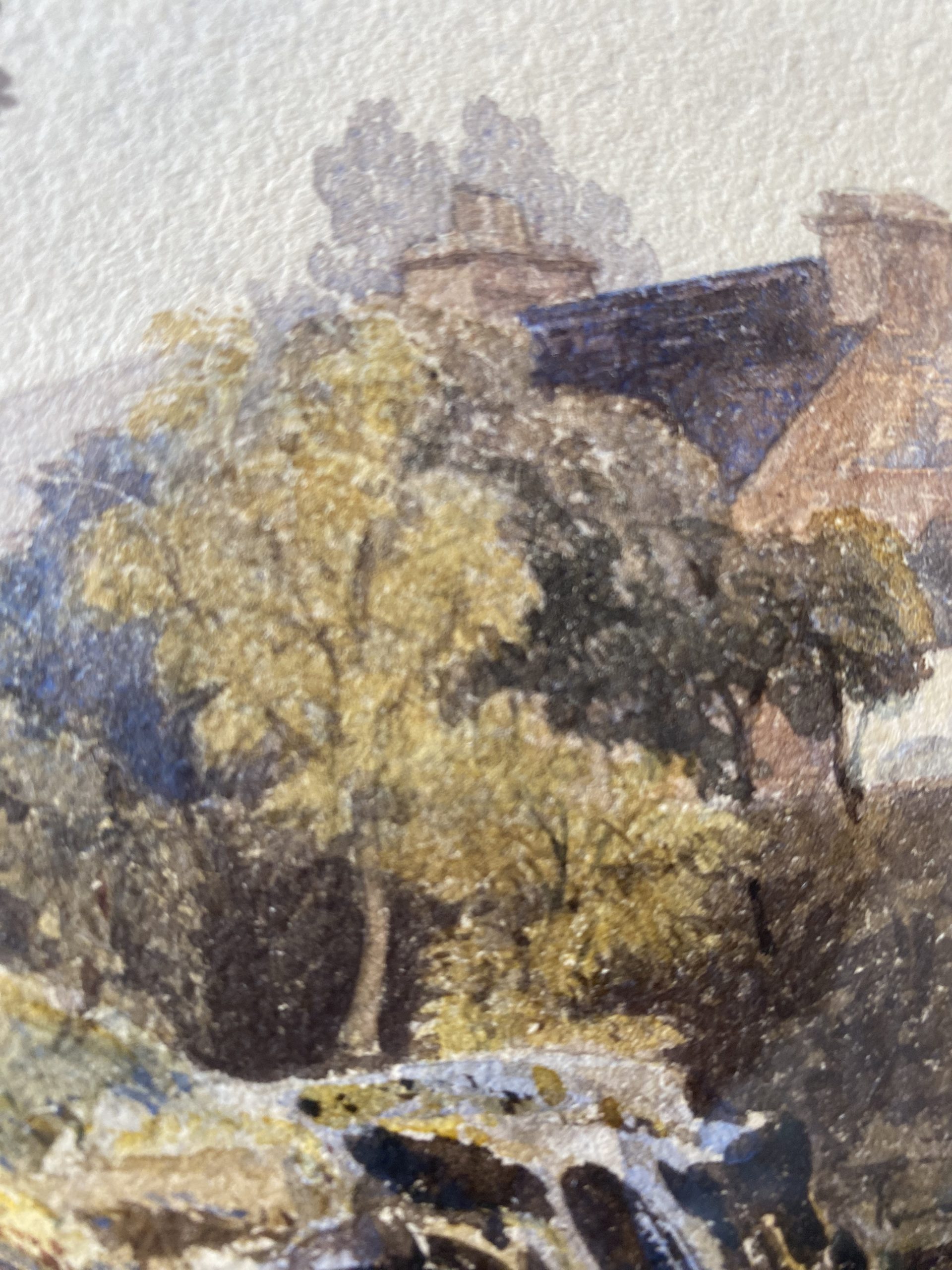
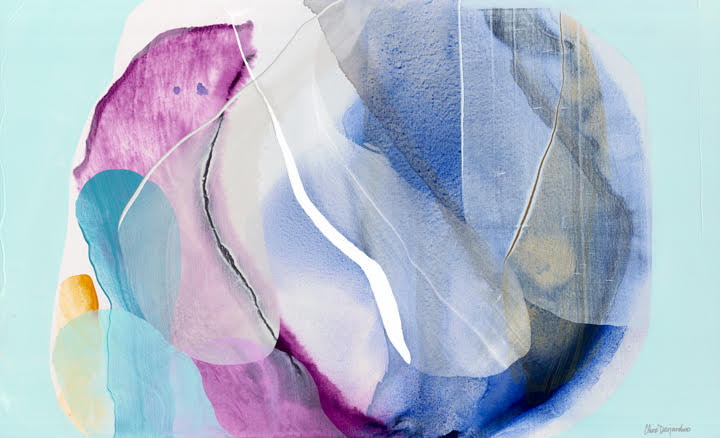
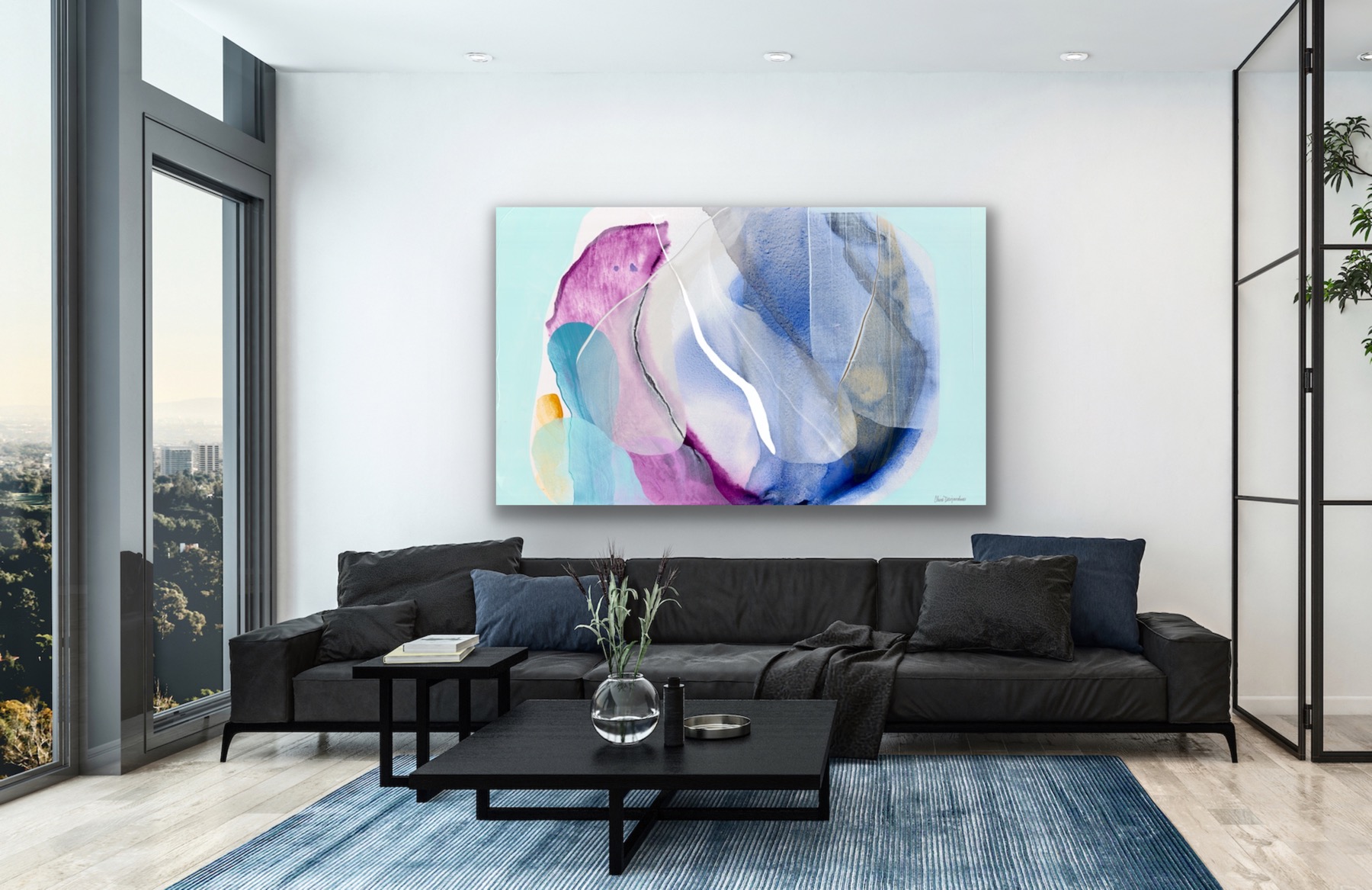
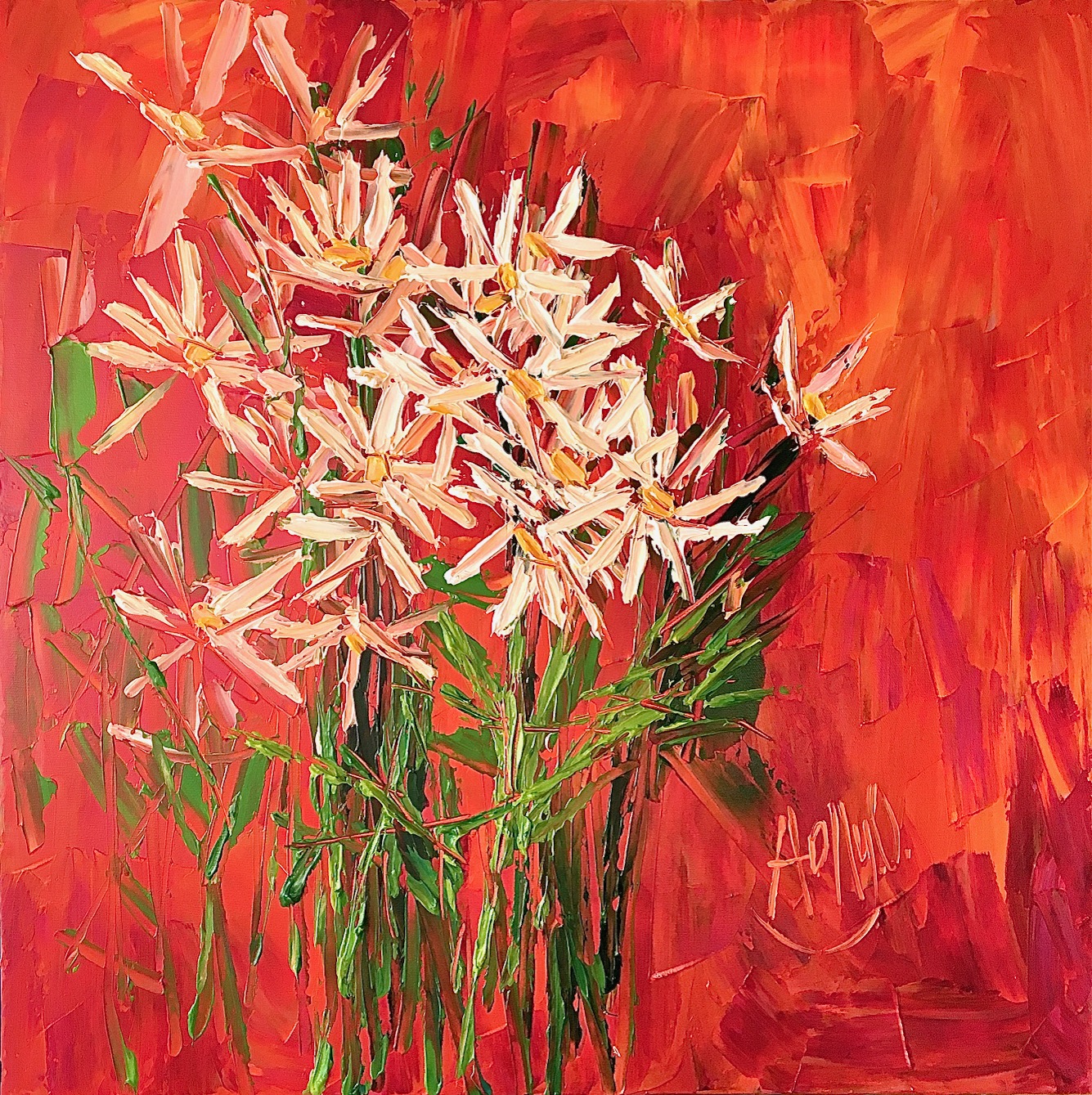
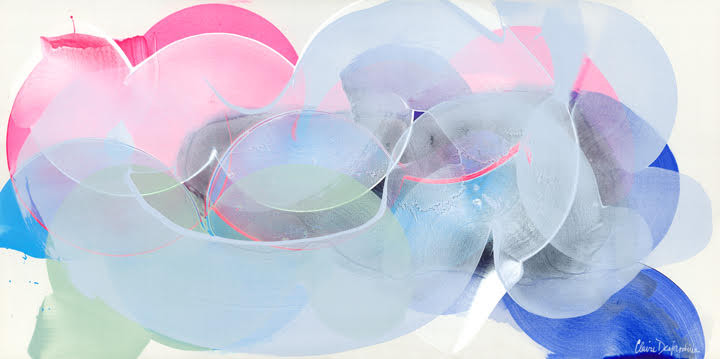
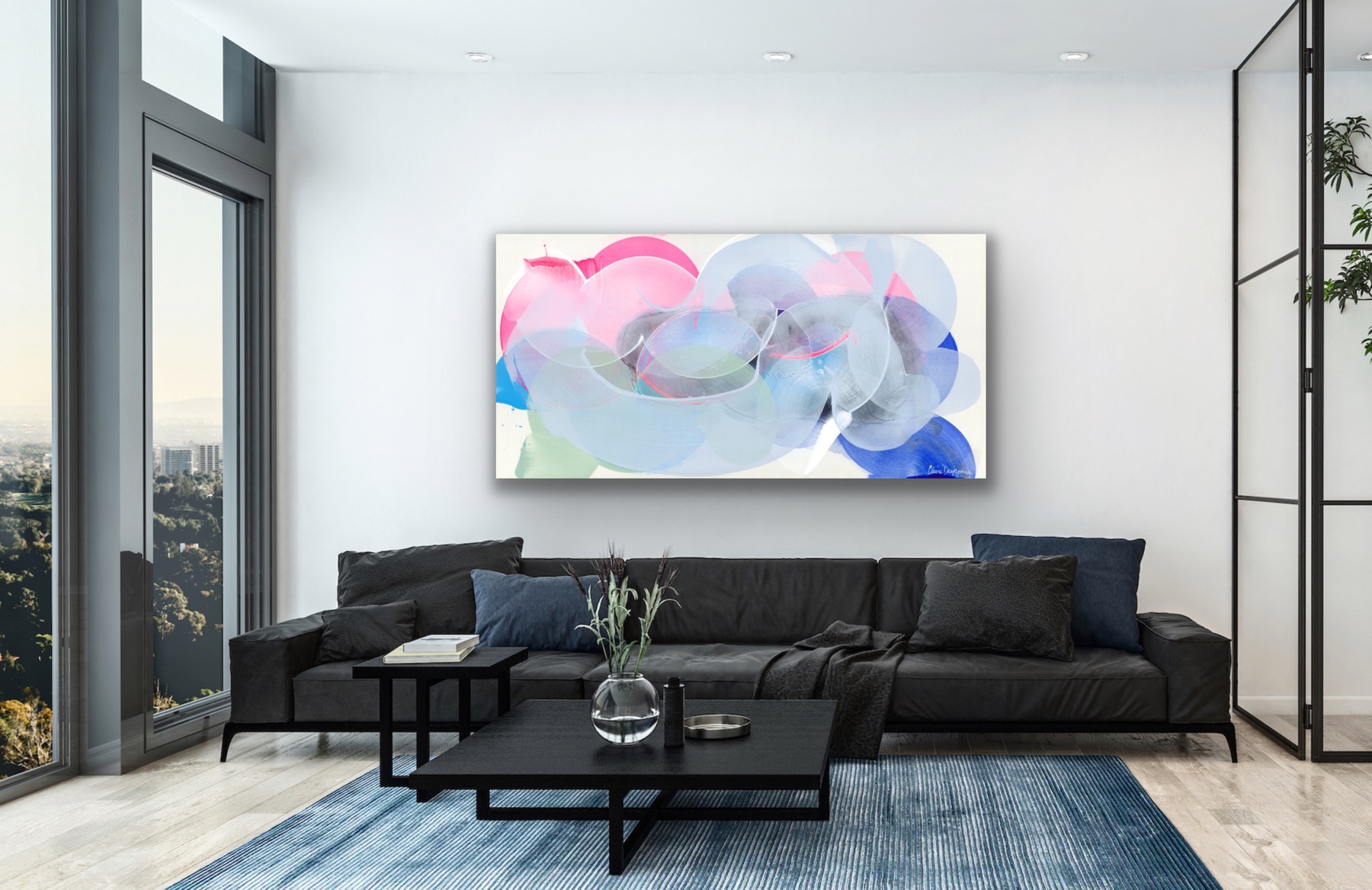



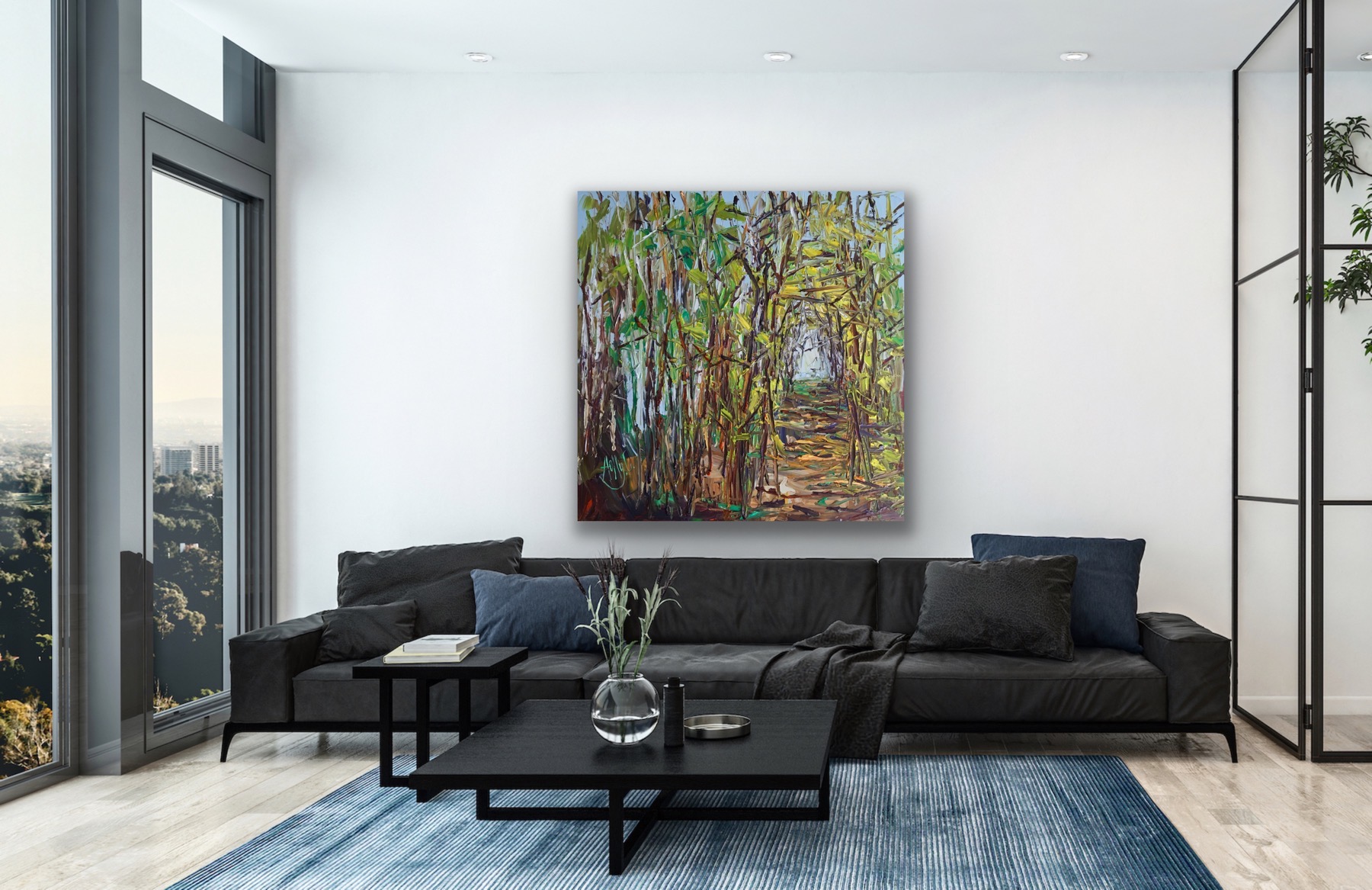
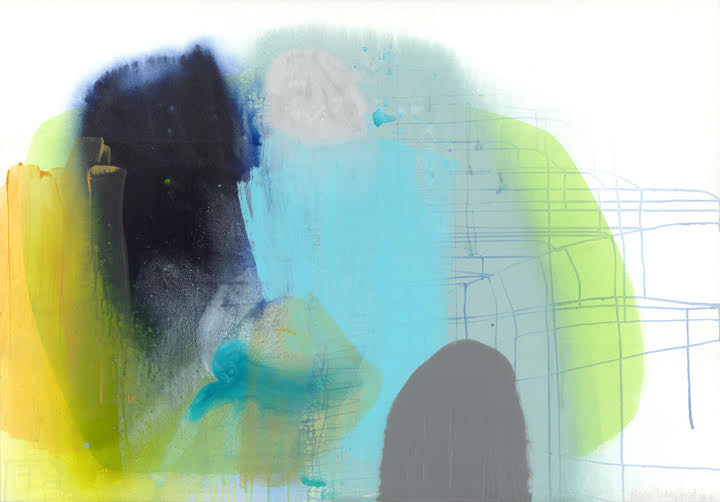
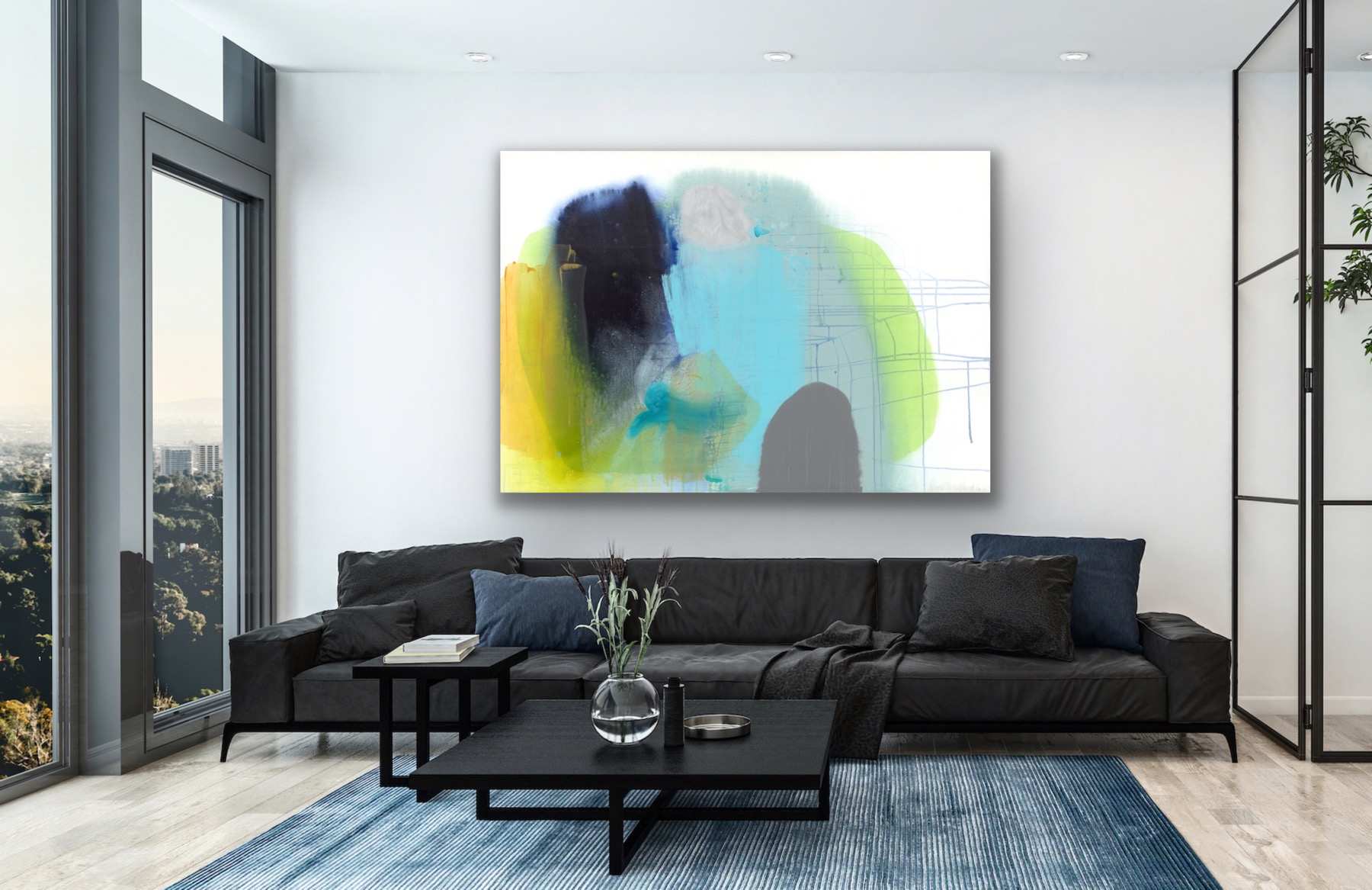

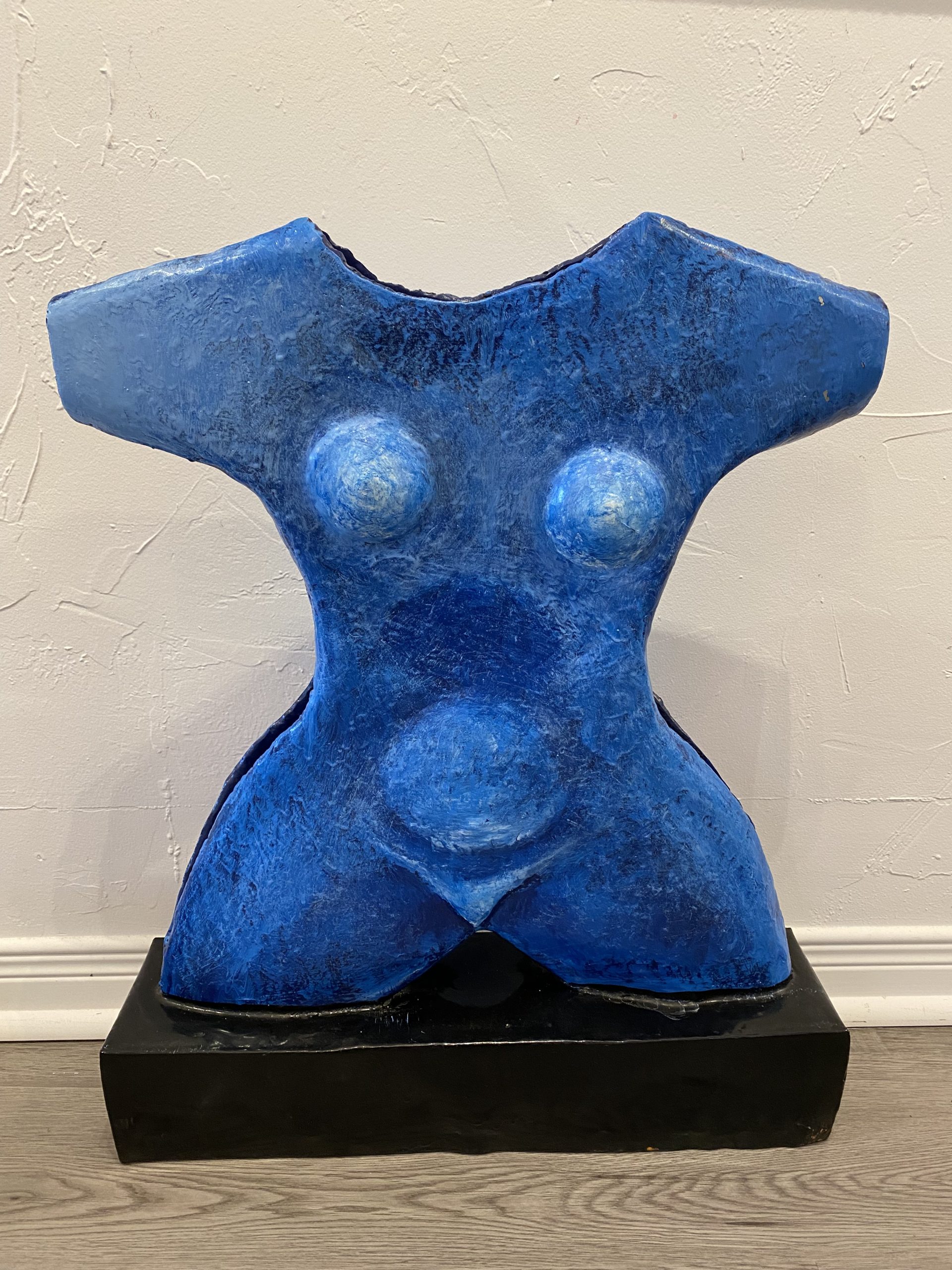
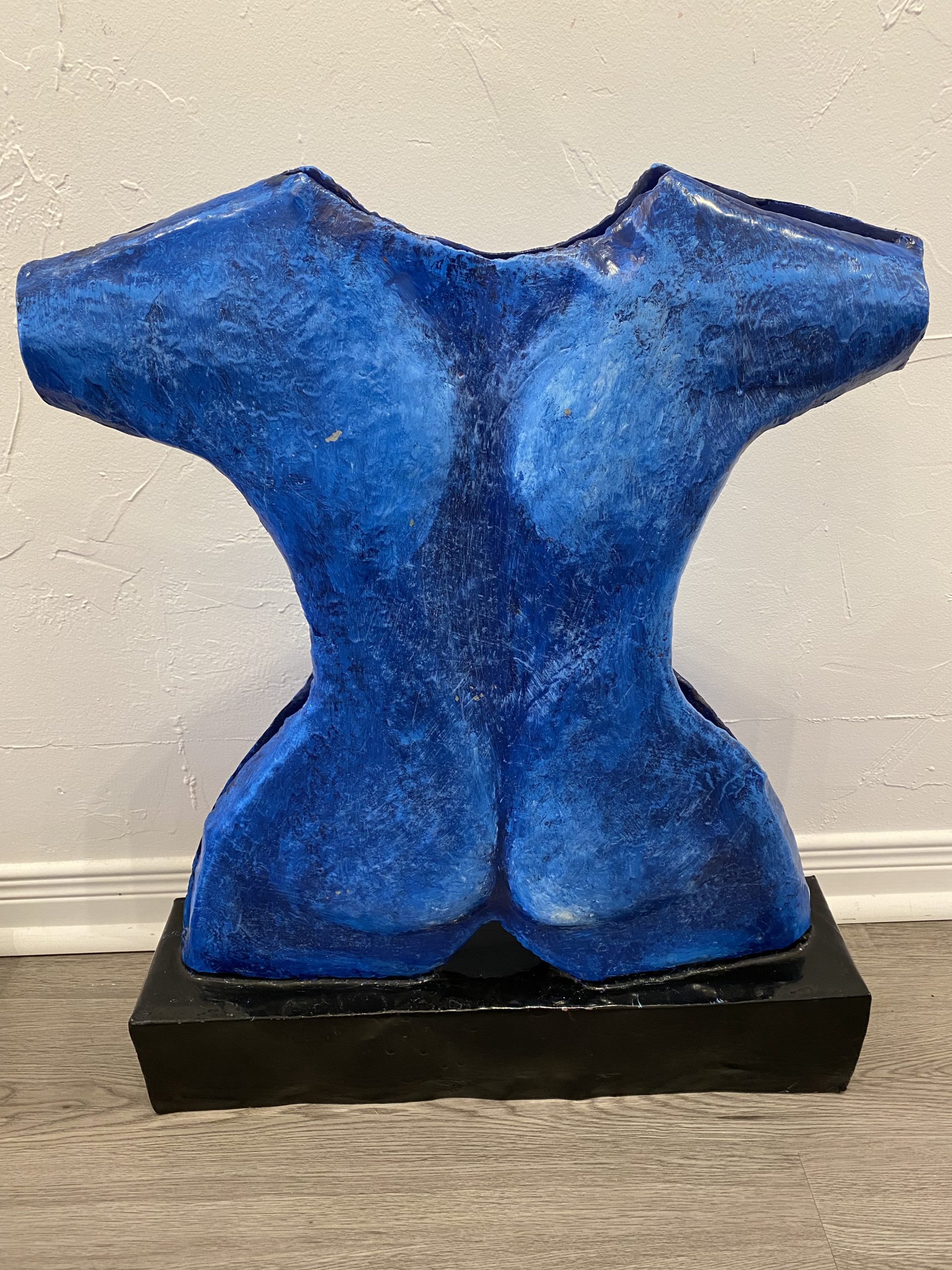
Reviews
There are no reviews yet.